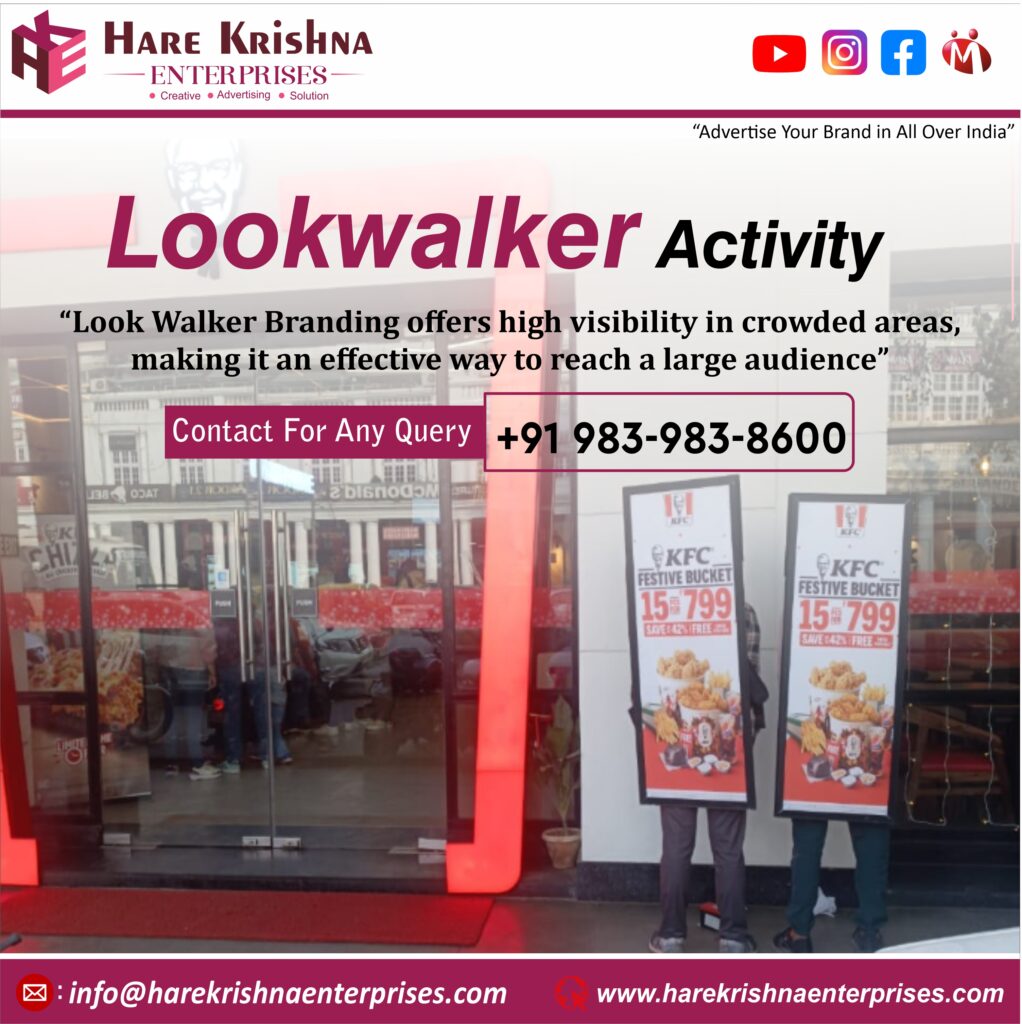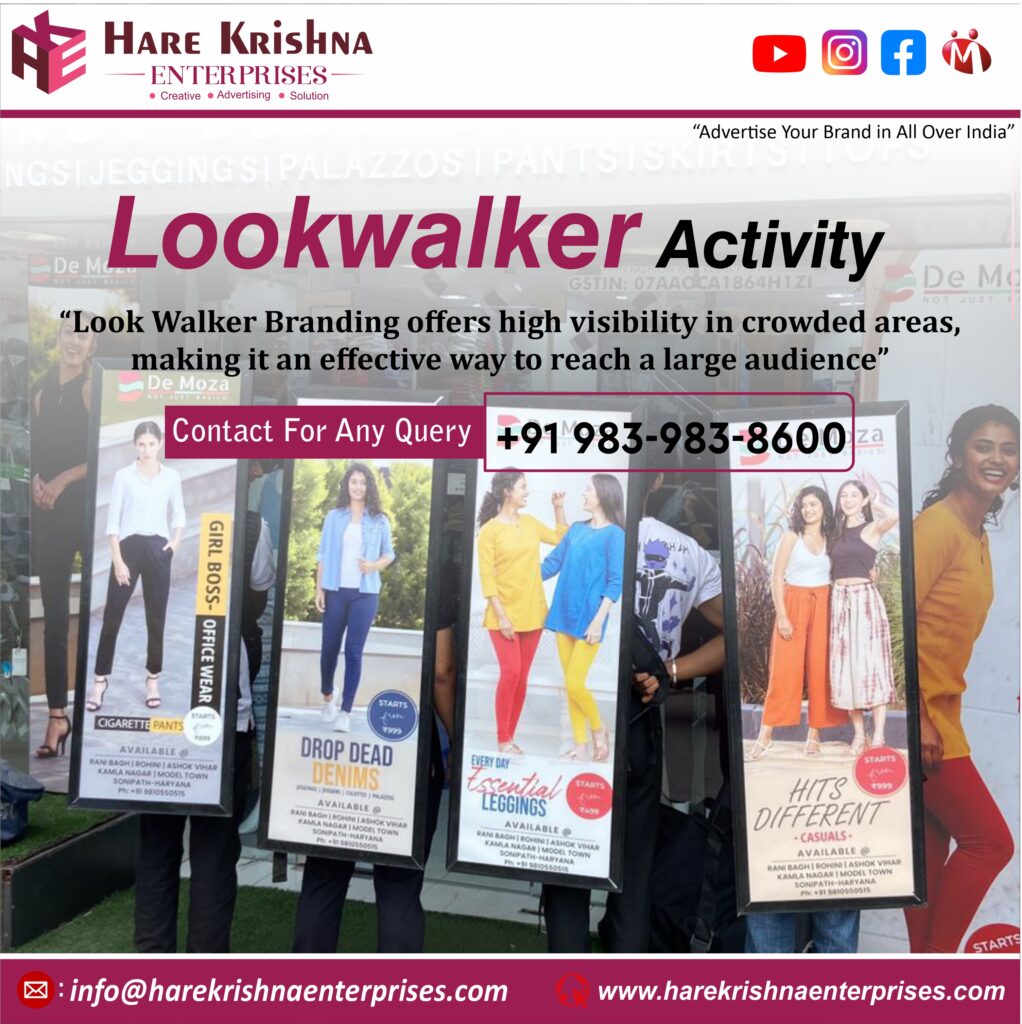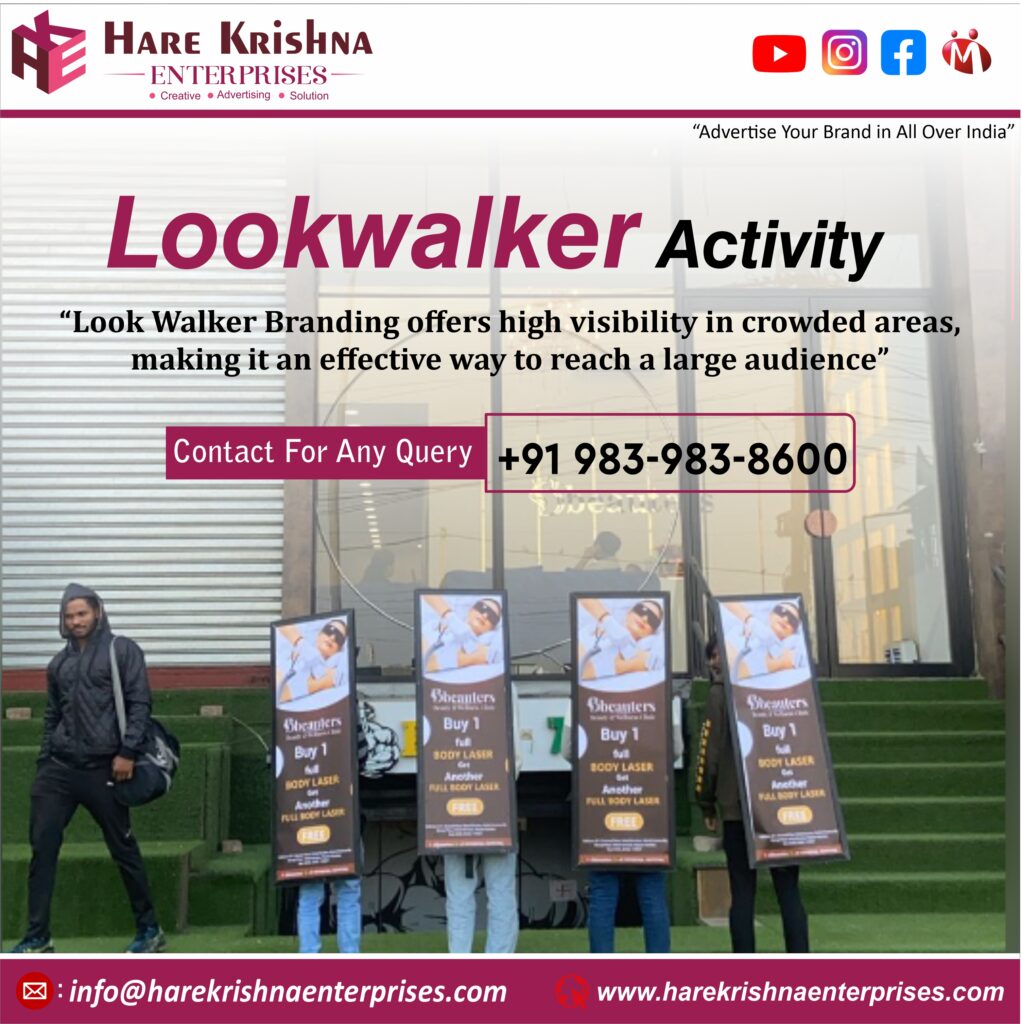Services
Hording
Digital screens, also known as displays or electronic screens, are ubiquitous in today's world, seamlessly integrating into various aspects of our daily lives. These screens utilize technologies like liquid crystal displays (LCDs), light-emitting diodes (LEDs), organic light-emitting diodes (OLEDs), or other emerging technologies to generate images and videos.
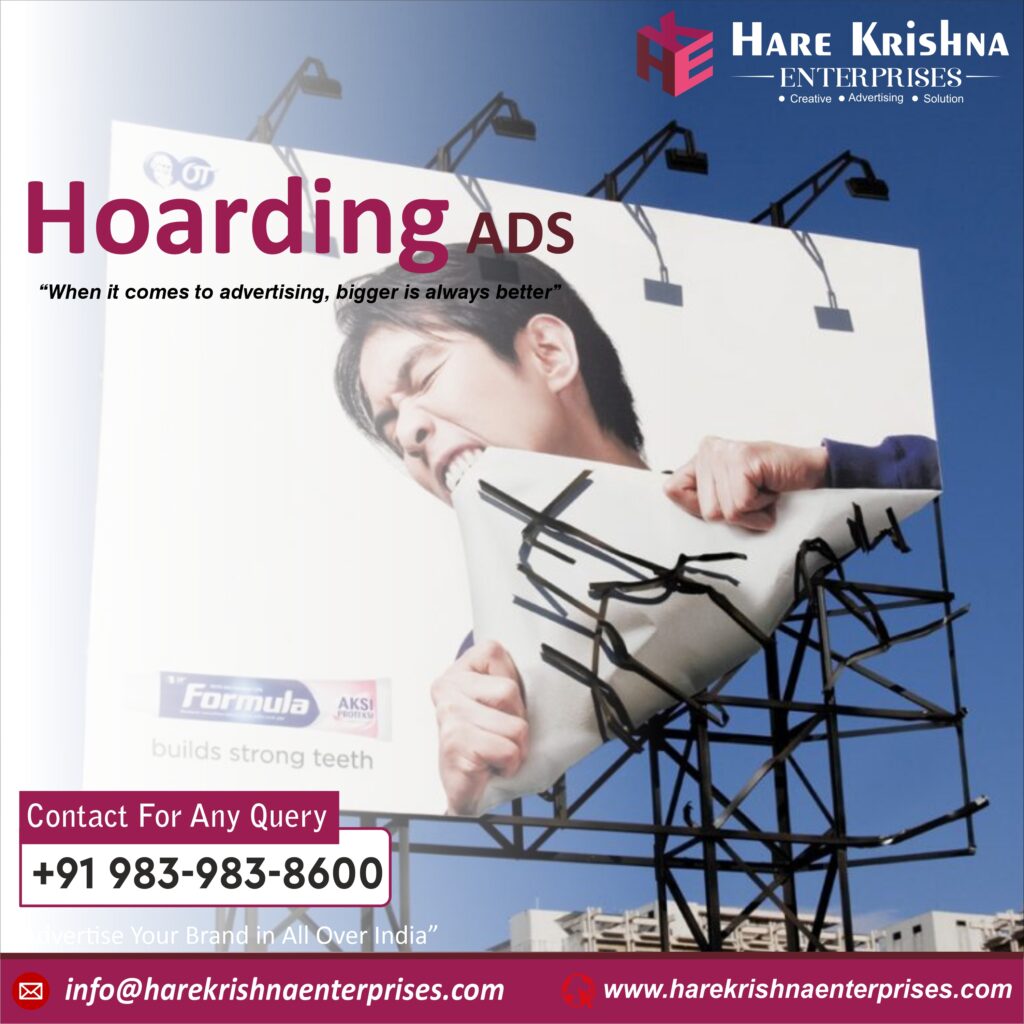

Here are some key benefits of auto rickshaw vinyl sticker branding:
- LCD: Liquid Crystal Display screens use a backlight to illuminate pixels, which manipulate light to create images.
- LED: Light-Emitting Diode screens utilize tiny LEDs as pixels, providing improved contrast and energy efficiency compared to LCDs.
- OLED: Organic Light-Emitting Diode screens use organic compounds that emit light when an electric current is applied. OLED screens offer better contrast and flexibility compared to LCD and LED screens.
Resolution: The resolution of a screen refers to the number of pixels it can display horizontally and vertically. Higher resolution screens offer sharper images and text.
Size: Digital screens come in various sizes, from small screens on smartphones and smartwatches to large screens in TVs, monitors, and billboards.
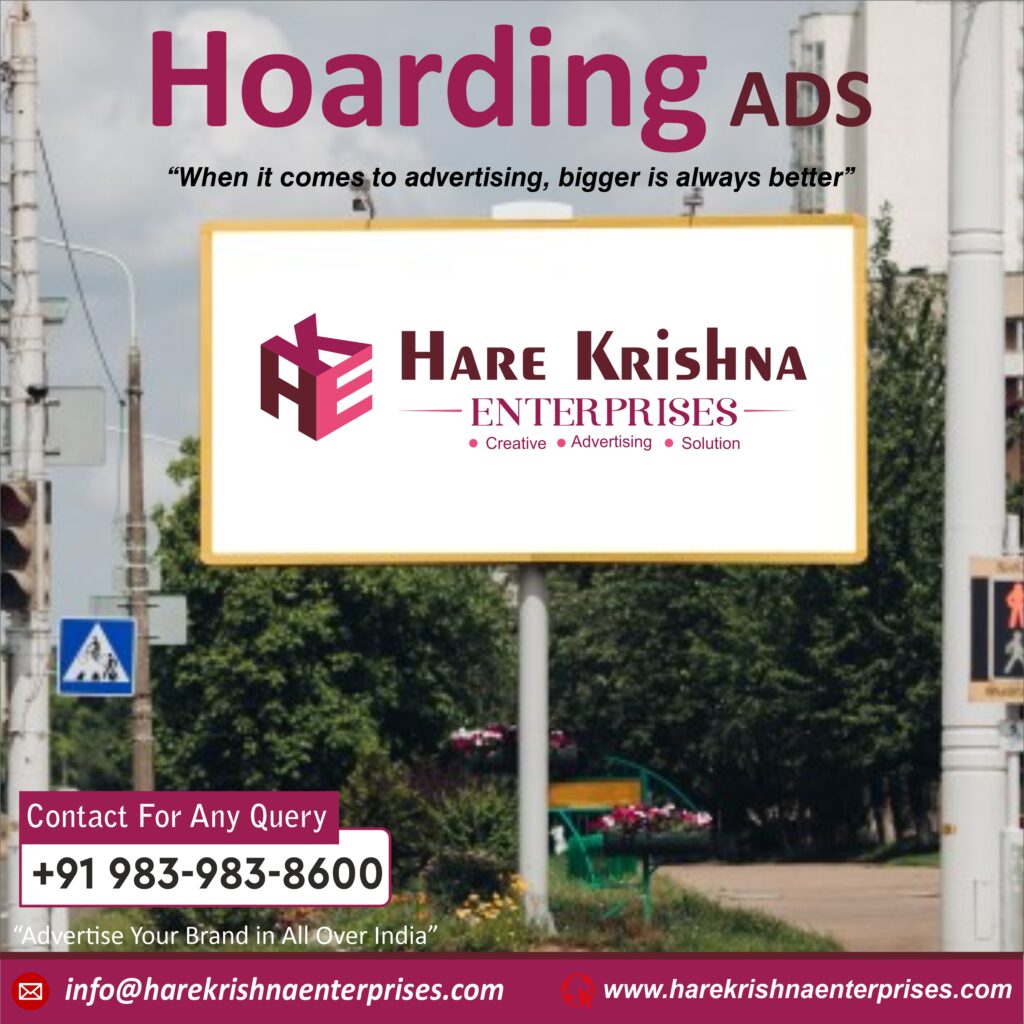
brand activation
Brand activation is a marketing discipline that involves creating a memorable experience or interaction that brings a brand to life and engages consumers on a personal level. It’s about going beyond traditional advertising methods to connect with customers in meaningful ways, often in real-world environments.
Engagement: Brand activation aims to engage consumers directly, encouraging them to interact with the brand rather than passively receiving a message. This interaction can take many forms, including events, pop-up shops, experiential marketing campaigns, or social media challenges.
Experience: Central to brand activation is the creation of a unique and memorable experience for consumers. This could involve sensory elements such as sight, sound, touch, taste, and smell, as well as interactive components like games, demonstrations, or product trials.
Brand Storytelling: Effective brand activation tells a story about the brand in a way that resonates with consumers’ emotions and values. It’s not just about selling a product or service but creating a connection and fostering brand loyalty.
Audience Targeting: Brand activation efforts are typically tailored to specific target audiences, based on demographics, interests, behaviors, or other segmentation criteria. This ensures that the experience is relevant and appealing to the intended consumers.
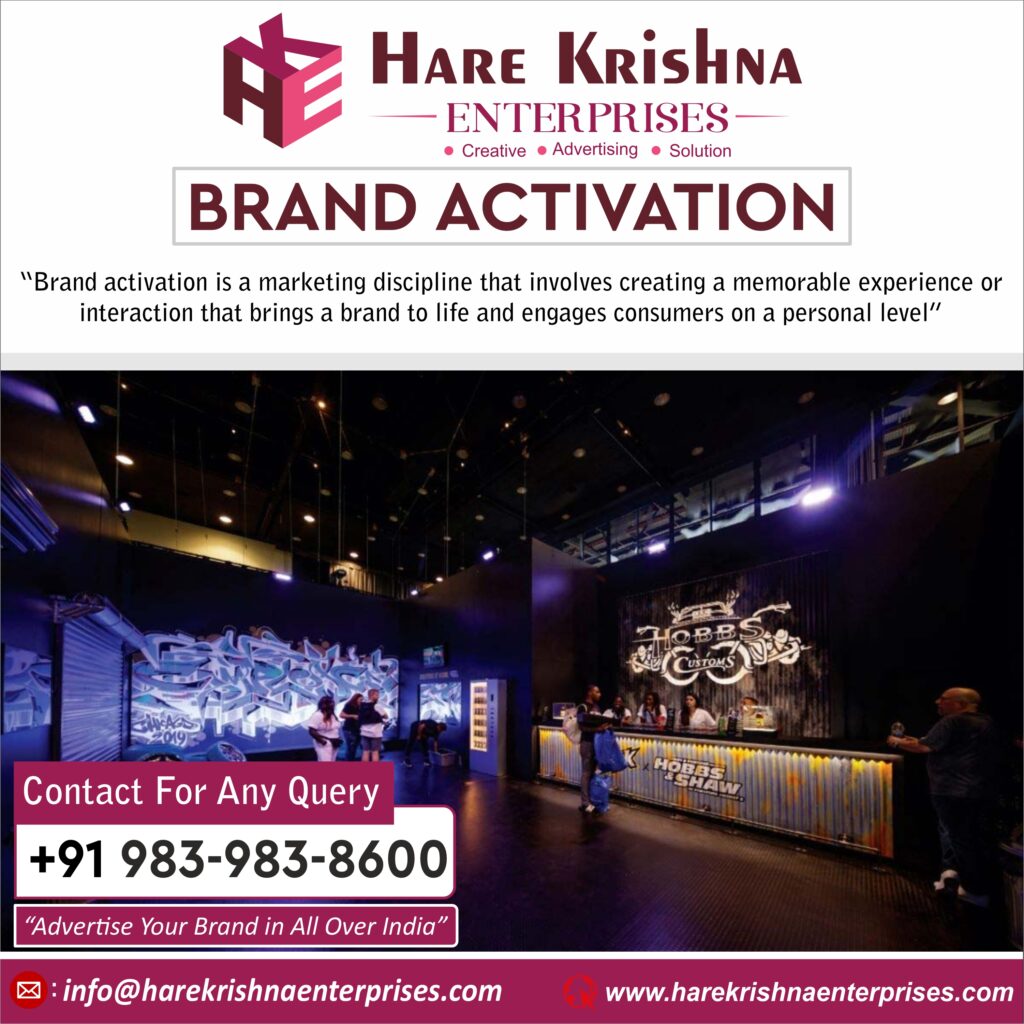


sunpack branding
Sunpack branding typically refers to the process of creating and applying branding elements such as logos, colors, fonts, and messaging onto sunpack sheets or boards for promotional or advertising purposes. Sunpacks are commonly used for outdoor signage, point-of-sale displays, event banners, and other marketing materials due to their lightweight, durable, and weather-resistant properties.
Design Concept: This is the initial stage where the overall look and feel of the branding are conceptualized. Designers consider factors such as brand identity, target audience, messaging, and visual aesthetics.
Branding Elements: Once the design concept is finalized, specific branding elements are created or adapted for the sunpack material. This includes the logo, brand colors, typography, imagery, and any other visual elements that represent the brand.
Layout and Composition: Designers then lay out the branding elements on the sunpack sheet or board, considering factors such as visibility, readability, and overall visual impact. Attention is paid to the arrangement of elements to ensure clarity and effectiveness.
Printing and Production: Once the layout is approved, the branding design is printed onto the sunpack material using appropriate printing techniques such as digital printing, screen printing, or vinyl application. Quality control measures are taken to ensure accurate color reproduction and print clarity.



shop branding
Shop branding encompasses the visual and experiential elements that define a store’s identity and communicate its values, personality, and offerings to customers. Here’s a breakdown of what typically constitutes shop branding
Logo: The logo is the centerpiece of a shop’s branding. It’s a graphical representation of the store’s name, often accompanied by a symbol or icon that encapsulates its essence. A well-designed logo is memorable and versatile, appearing on storefronts, signage, packaging, and marketing materials.
Color Palette: The colors chosen for a shop’s branding play a significant role in shaping its identity and setting the mood for customers. Whether vibrant and energetic or calm and sophisticated, the color palette should reflect the brand’s personality and resonate with its target audience.
Typography: The fonts used in a shop’s branding contribute to its overall look and feel. From bold and modern to elegant and classic, typography helps convey the brand’s tone and style across various touchpoints, including signage, packaging, and promotional materials.
Visual Elements: Beyond the logo, visual elements such as patterns, textures, and imagery add depth and character to a shop’s branding. These elements should be cohesive and aligned with the brand’s identity, reinforcing its message and creating a unified brand experience.
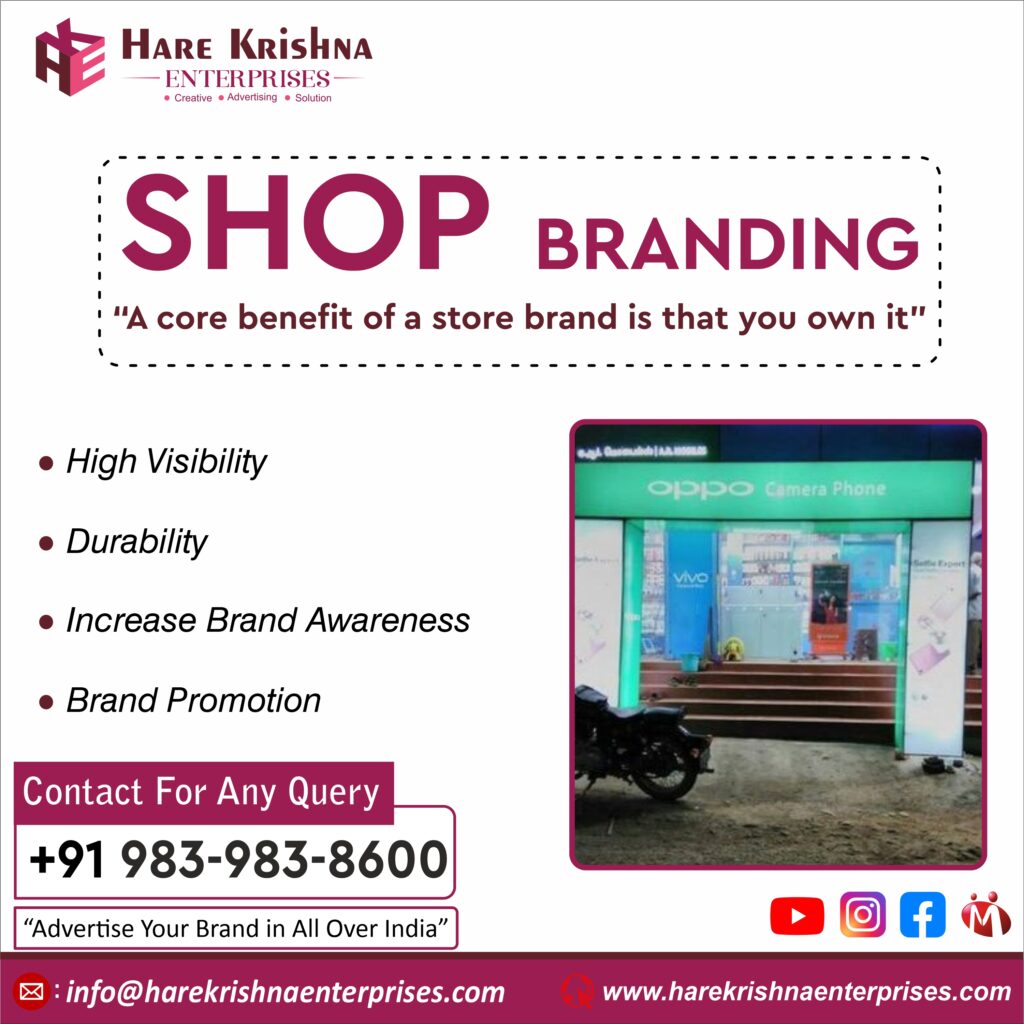

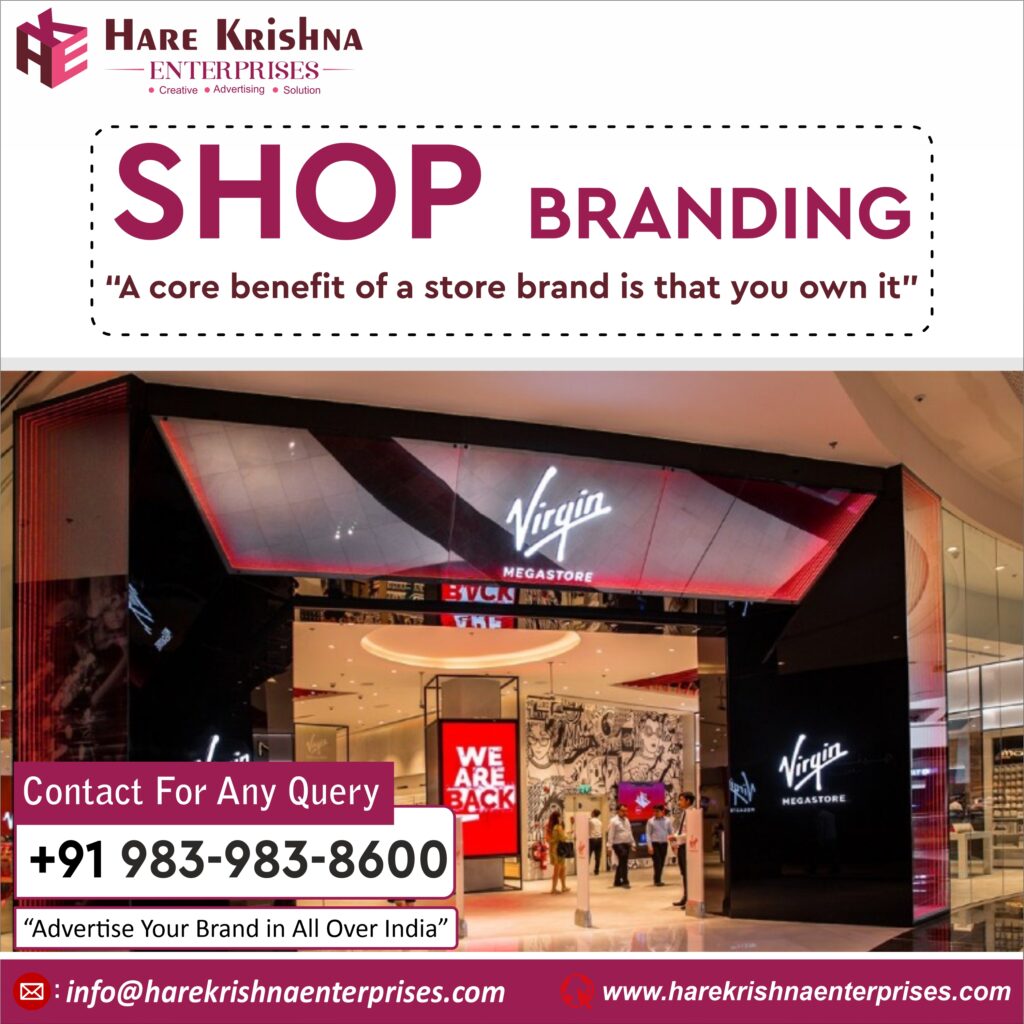
paper insertion
Paper insertion typically refers to the process of inserting sheets of paper or other materials into a designated space, such as a folder, envelope, binder, or any other type of container designed to hold paper documents. This process can be done manually or with the assistance of machinery, depending on the volume of materials being inserted and the efficiency required.
In an office setting, paper insertion may involve tasks such as placing documents into envelopes for mailing, organizing papers into file folders for storage, or assembling packets of information for distribution. In a manufacturing environment, paper insertion may be part of the production process for items like product packaging or informational brochures.
Efficient paper insertion requires attention to detail to ensure that the correct documents are inserted in the proper order and orientation. It also often involves coordinating with other tasks, such as printing, collating, and sorting, to ensure that the final product meets the desired specifications.
In some cases, automated machinery such as folder inserters or envelope stuffing machines may be used to streamline the paper insertion process, particularly for high-volume tasks. These machines can significantly increase efficiency and accuracy while reducing the need for manual labor.
Overall, paper insertion plays a crucial role in various industries and settings where physical documents need to be organized, distributed, or archived. Efficient paper insertion practices can help improve productivity, accuracy, and overall workflow management.



pan shop branding
Creating a compelling branding strategy for a paper shop involves a meticulous blend of creativity, quality, and customer-centricity. Here’s a detailed description
- Brand Name: The brand name should encapsulate the essence of the store’s offerings while being memorable and easy to pronounce. It could be something like “Papyrus Haven”, “Artisanal Paper Co.”, or “PaperCraft Emporium”.
- Logo: The logo serves as the visual cornerstone of the brand, symbolizing its identity and values. It should be versatile, scalable, and instantly recognizable. Consider incorporating elements such as paper rolls, quills, or abstract geometric shapes that convey craftsmanship and creativity. Opt for a color palette that reflects the brand’s personality, ranging from muted earth tones to vibrant pastels, depending on the target audience.
- Tagline: A succinct yet impactful tagline can reinforce the brand’s mission and resonate with customers.

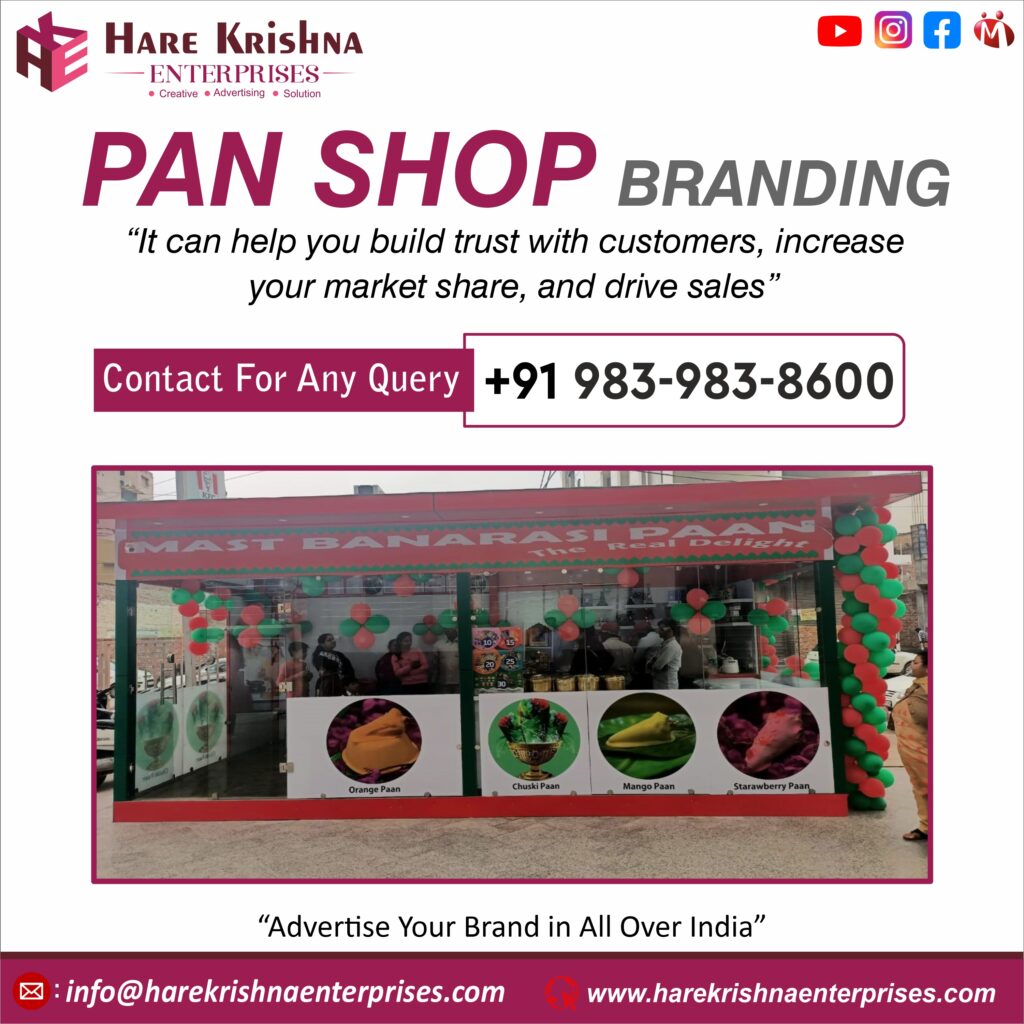
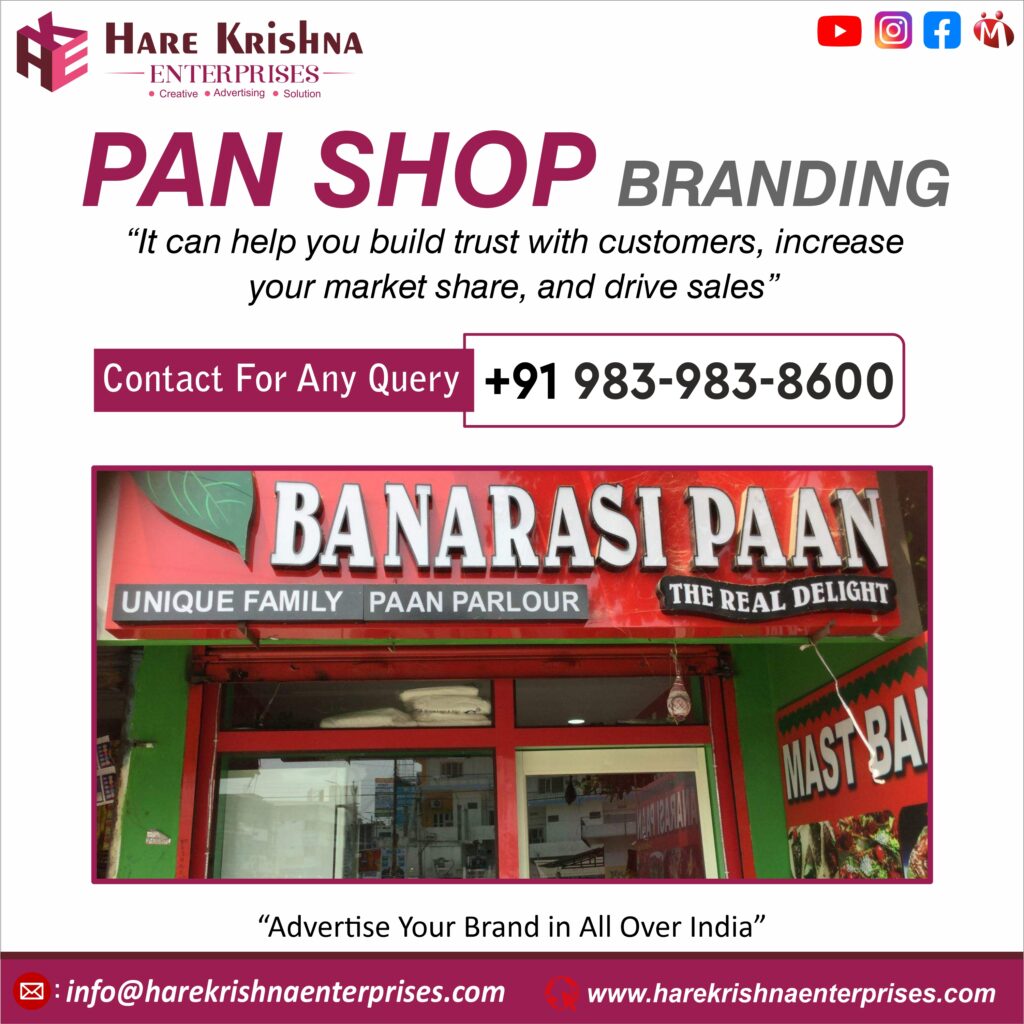
rwa gates branding
RWA-Gates is a branding approach that emphasizes the concepts of “Responsiveness,” “Adaptability,” and “Resilience” within the context of branding strategies. This branding framework aims to create a dynamic and agile brand identity that can effectively navigate and respond to changing market conditions, consumer preferences, and competitive landscapes.
Responsiveness: RWA-Gates branding prioritizes the ability of a brand to promptly react to market shifts, customer feedback, and emerging trends. This entails maintaining open channels of communication with consumers, actively listening to their needs, and swiftly adapting brand strategies to meet evolving demands.
Adaptability: This aspect underscores the importance of flexibility and innovation within branding efforts. RWA-Gates encourages brands to embrace change, experiment with new ideas, and continuously evolve their products, services, and messaging to stay relevant in a dynamic marketplace.
Resilience: Resilience in branding involves building a strong foundation that enables a brand to withstand challenges, setbacks, and disruptions. RWA-Gates emphasizes the development of robust brand values, a resilient organizational culture, and strategic contingency plans to effectively navigate crises and maintain brand integrity during turbulent times.
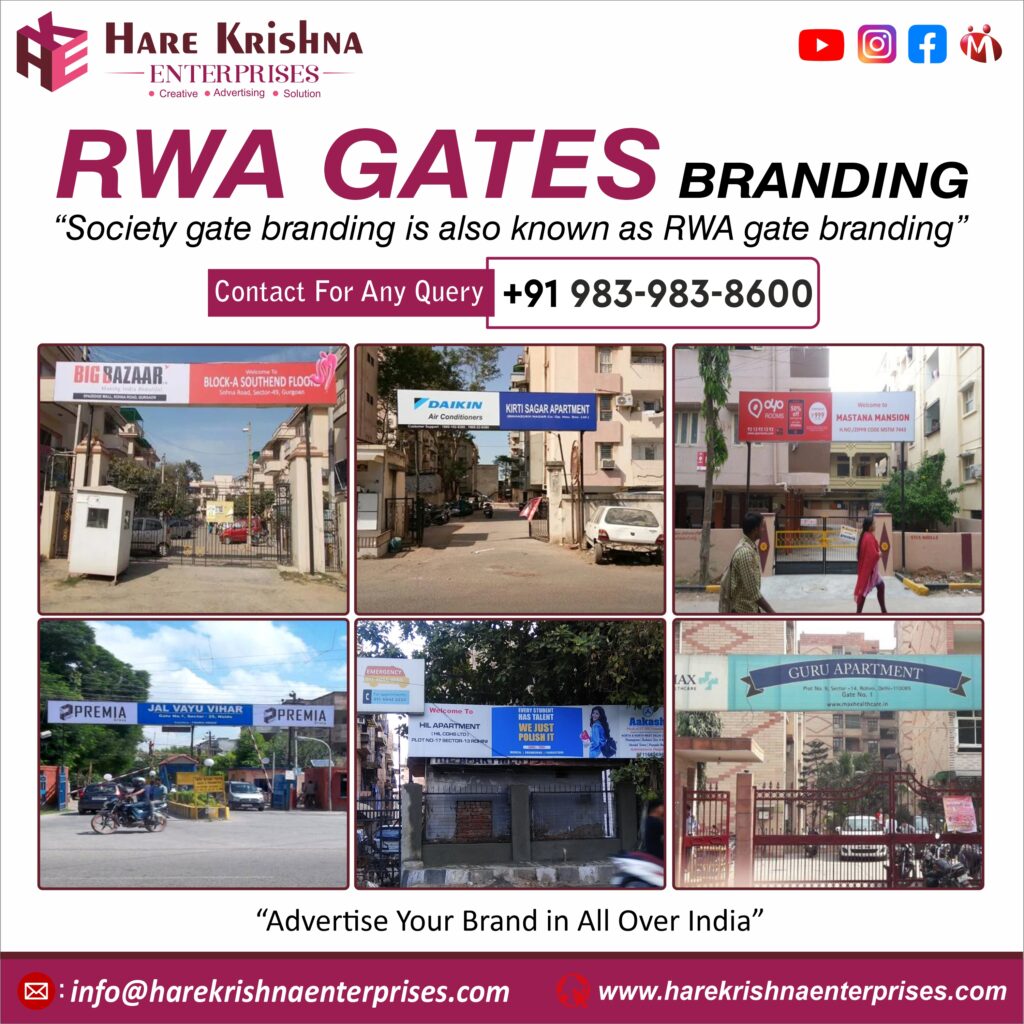
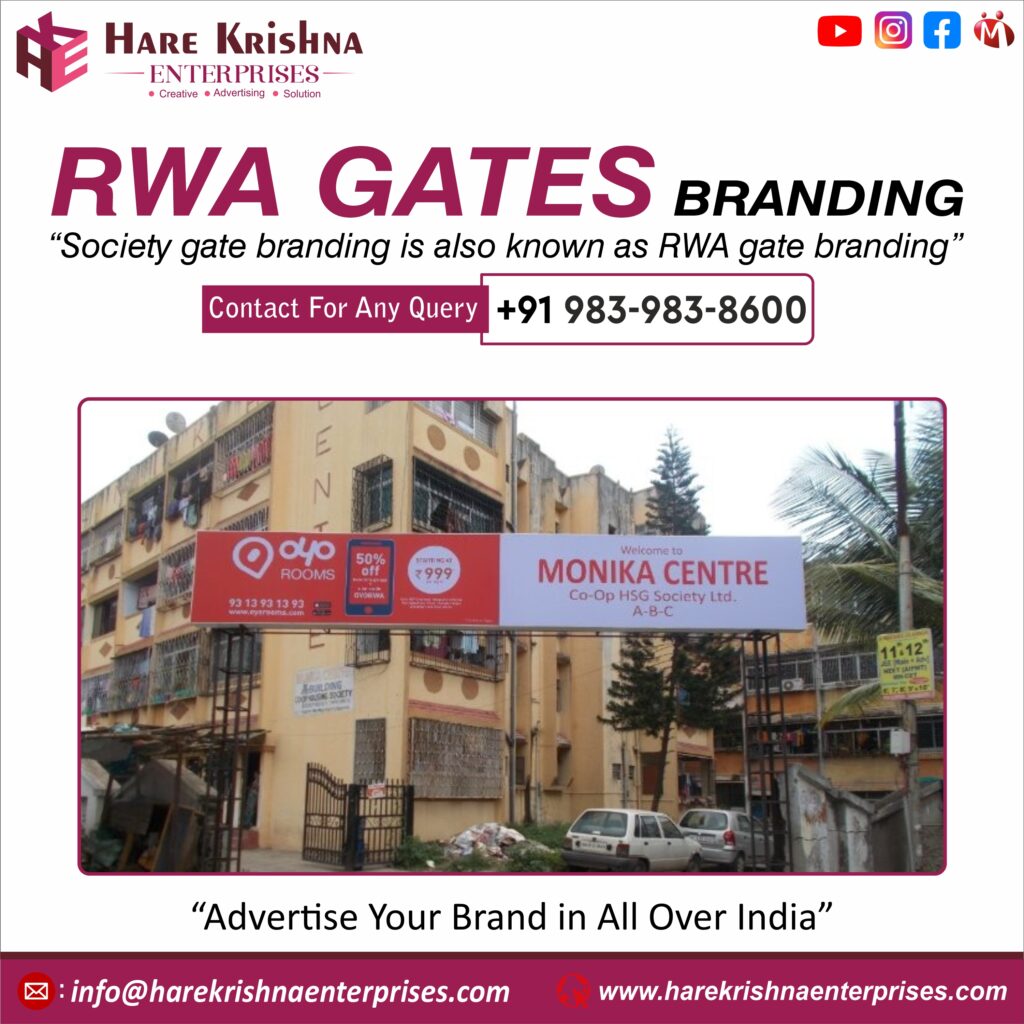

wall painting
Wall paintings, also known as murals, are artistic expressions that adorn walls, ceilings, or other large permanent surfaces. They can vary greatly in style, technique, and purpose, ranging from ancient cave paintings to contemporary urban street art.
Medium and Technique: Wall paintings can be created using various mediums such as paint, ink, charcoal, or even digital projections. Artists may employ techniques like fresco, where pigments are applied to wet plaster, or mural painting directly onto a prepared surface.
Scale and Location: Murals can span from small, intimate pieces to vast, panoramic works covering entire buildings. They can be found indoors in galleries, museums, and private residences, as well as outdoors on city streets, public parks, and architectural facades.
Themes and Subjects: The subject matter of wall paintings is incredibly diverse, ranging from historical narratives, cultural symbolism, political statements, to abstract forms and patterns. Some murals depict realistic scenes, portraits, or landscapes, while others explore imaginative or surrealistic concepts.
Cultural Significance: Throughout history, wall paintings have served as important cultural artifacts, reflecting the beliefs, values, and aspirations of societies. They can convey messages of identity, resistance, unity, or protest, and often serve as visual markers of a community’s heritage and collective memory.

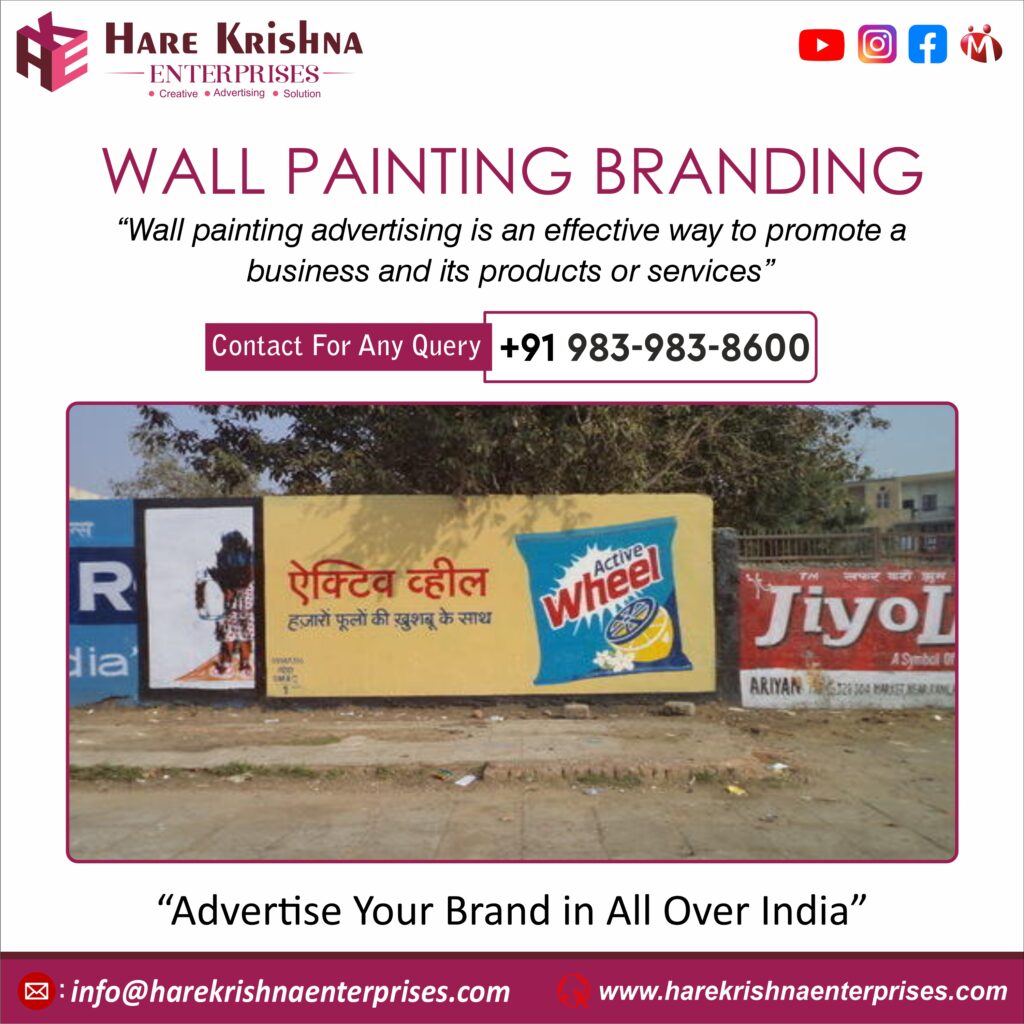

lookwaler branding
“Lookwaler” sounds like it could be a brand name, perhaps for fashion or lifestyle products.Lookwaler: Elevate Your Style, Embrace Your Identity.
At Lookwaler, we believe that style is not just about what you wear; it’s a reflection of your personality, your aspirations, and your individuality. Our brand is dedicated to empowering individuals to express themselves confidently through fashion, while embracing their unique identity.
- Signature Style: Lookwaler embodies contemporary elegance with a twist of modern flair. Our collections are carefully curated to blend timeless classics with cutting-edge trends, offering versatile pieces that seamlessly transition from day to night.
- Quality Craftsmanship: We are committed to excellence in every detail. From the finest fabrics to meticulous stitching, each Lookwaler garment is crafted with precision and passion, ensuring exceptional quality and comfort.
- Inclusivity and Diversity: At Lookwaler, diversity is celebrated and inclusivity is our foundation. Our brand embraces individuals of all backgrounds, sizes, and styles, fostering a community where everyone feels valued and represented.
